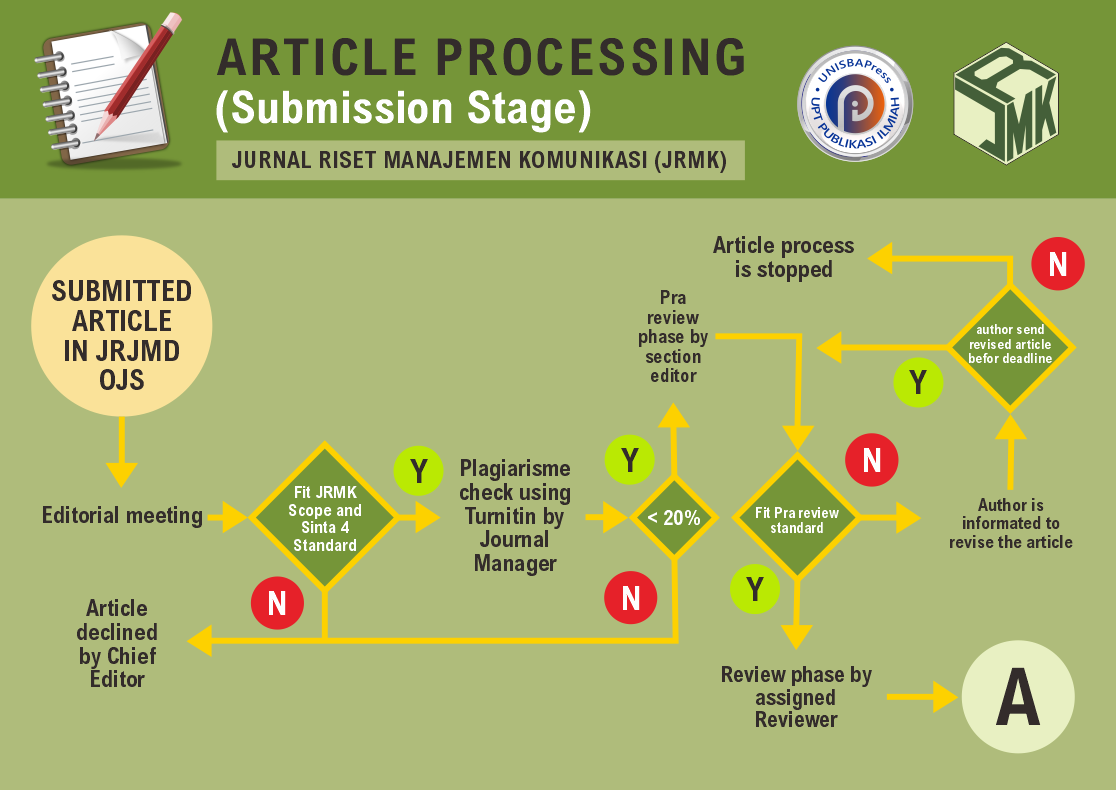Integrating Digital Literacy In Efl Classes At Sma Budya Wacana Yogyakarta
DOI:
https://doi.org/10.29313/jrmk.v3i2.2315Keywords:
Literasi Digital, Kelas Bahasa Inggris, SMAAbstract
Abstract. Digital literacy has become more important amid the pandemic due to the increase of internet use. Therefore, there is an urgent need to integrate digital literacy in the curriculum. This action research study aims to investigate to what extent applying digital literacy in a subject other than information technology influences how senior high school students respond to digital information. Furthermore, it also explores how students perceived the integration of digital literacy in their English lessons. The term digital literacy in the study refers to the ability to critically process and respond to information obtained from digital media. The study is conducted in English classes in both XII grade science and social stream classes. These classes were chosen because the basic competencies standards to achieve allow rooms to include digital literacy in the classrooms. Two of the nine national basic competencies standards for English subjects for XII grade students in the 2013 national curriculum set by the Republic Indonesia ministry of education are related to media literacy. Those standards are to be able to interpret and create captions and to be able to interpret and create news. This is an ongoing action research study where the complete result of the study has not been obtained yet. The preliminary data gathered through quizzes.com and WhatsApp chat showed that students found it hard to differentiate between real and fake information in social media. More data will be gathered through more quizzes, classroom observation, and interviews.
Abstrak. Literasi digital menjadi semakin penting di tengah pandemi karena meningkatnya penggunaan internet. Oleh karena itu, ada kebutuhan mendesak untuk mengintegrasikan literasi digital dalam kurikulum. Kajian action research ini bertujuan untuk mengetahui sejauh mana penerapan literasi digital pada mata pelajaran selain teknologi informasi mempengaruhi bagaimana respon siswa SMA terhadap informasi digital. Selain itu, juga mengeksplorasi bagaimana siswa merasakan integrasi literasi digital dalam pelajaran bahasa Inggris mereka. Istilah literasi digital dalam kajian tersebut mengacu pada kemampuan mengolah dan merespon secara kritis informasi yang diperoleh dari media digital. Penelitian ini dilakukan di kelas bahasa Inggris di kelas XII sains dan kelas aliran sosial. Kelas-kelas tersebut dipilih karena standar kompetensi dasar yang ingin dicapai memungkinkan ruangan untuk memasukkan literasi digital di dalam kelas. Dua dari sembilan standar kompetensi dasar nasional mata pelajaran Bahasa Inggris untuk siswa kelas XII pada kurikulum nasional 2013 yang ditetapkan oleh Kementerian Pendidikan Republik Indonesia terkait dengan literasi media. Standar tersebut adalah mampu menafsirkan dan membuat teks serta mampu menafsirkan dan membuat berita. Penelitian ini merupakan penelitian tindakan yang sedang berlangsung dimana belum diperoleh hasil penelitian yang lengkap. Data awal yang dikumpulkan melalui quizzes.com dan WhatsApp chat menunjukkan bahwa siswa sulit membedakan informasi asli dan palsu di media sosial. Lebih banyak data akan dikumpulkan melalui lebih banyak kuis, observasi kelas, dan wawancara.
References
Alfia, N., Sumardi, S., & Kristina, D. (2020). Survival Skills in Digital Era: An Integration of Digital Literacy into EFL Classroom. Indonesian Journal of EFL and Linguistics, 5(2), 435.
Bilotserkovets, M., Fomenko, T., Gubina, O., Klochkova, T., Lytvynko, O., Boichenko, M., & Lazareva, O. (2021). Fostering Media Literacy Skills in the EFL Virtual Classroom: A Case Study in the COVID-19 Lockdown Period. International Journal of Learning, Teaching and Educational Research, 20(2), 251-269.
Eryansyah, E., Erlina, E., FFiftinova, F., & Nurweni, A. (2019). EFL Students' Needs of Digital Literacy to Meet the Demands of 21stCentury Skills. | IRJE| Indonesian Research Journal in Education|, 442-460.
Greene, K. (2018). Transferable digital literacy knowledge. The Language and Literacy Spectrum, 28(1), 3.
Kurniawati, N., Maolida, E. H., & Anjaniputra, A. G. (2018). The praxis of digital literacy in the EFL classroom: Digital-immigrant vs digital-native teacher. Indonesian Journal of Applied Linguistics, 8(1), 28-37.
Luthfia, A., Wibowo, D., Widyakusumastuti, M. A., & Angeline, M. (2021). The Role of Digital Literacy on Online Opportunity and Online Risk in Indonesian Youth. Asian Journal for Public Opinion Research, 9(2), 142–160. https://doi.org/10.15206/ajpor.2021.9.2.142
Mufarida, Binti (2020). Kominfo Mencatat Seebanyak 1.028 Hoax Tersebar Terkait Covid-19 retrieved on October 10, 2021 on https://nasional.sindonews.com/read/131216/15/kominfo-mencatat-sebanyak-1028-hoaks-tersebar-terkait-covid-19-1597219726
Nugroho, C., & Nasionalita, K. (2020). Indeks Literasi Digital Remaja di Indonesia Digital Literacy Index of Teenagers in Indonesia. Jurnal Pekommas, 5(2), 215-223.
Tang C M and Chaw L Y, “Digital Literacy: A Prerequisite for Effective Learning in a Blended Learning Environment?” The Electronic Journal of e‐Learning Volume 14 Issue 1 2016, (pp54‐65) available online at www.ejel.org














